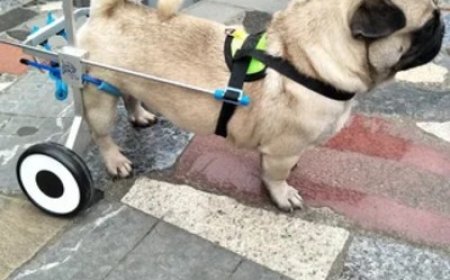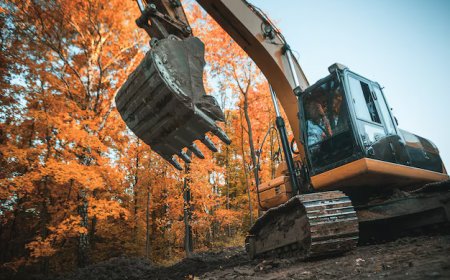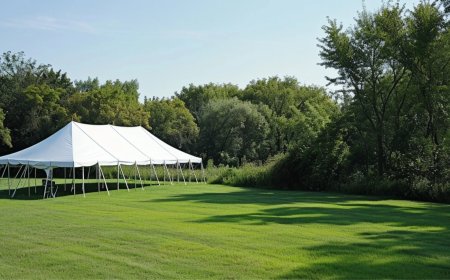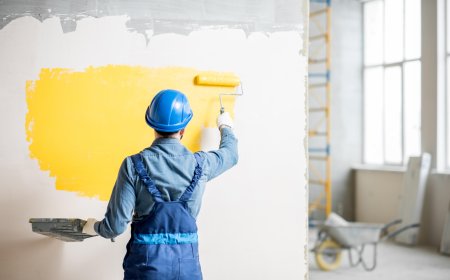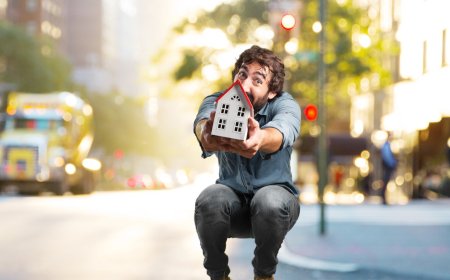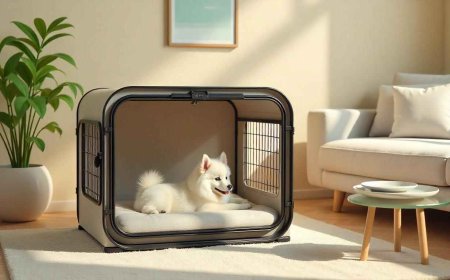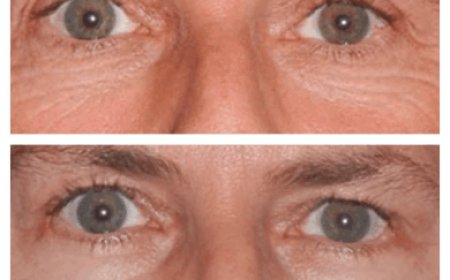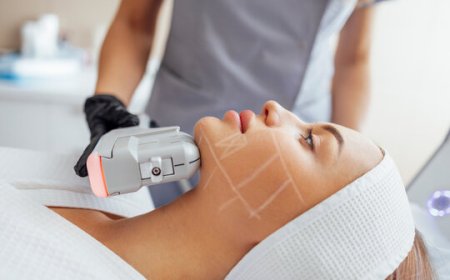Home Safety Improvements Every Senior Needs
Explore essential home safety improvements tailored to senior needs, ensuring comfort, accessibility, and peace of mind in daily living.

Aging gracefully at home is a goal for many older adults. But as we age, simple things like stairs, slippery floors, or inadequate lighting can become major hazards. Making a home safe and accessible isnt just about comfort; its about maintaining independence and quality of life. Whether a senior lives alone, with a partner, or has caregivers assisting, certain home modifications can make a big difference. The goal of this blog is to highlight essential senior needs when it comes to home safety, offering practical tips and insights for families and caregivers alike.
Understanding Core Senior Needs for Home Safety
As people grow older, their physical and cognitive abilities often decline. This makes safety-focused home improvements essential. Reduced vision, balance issues, slower reflexes, and chronic health conditions all contribute to a higher risk of injury at home. Therefore, understanding the core senior needs means identifying areas of the home where risks exist and addressing them proactively. For many, this includes bathroom safety, kitchen accessibility, and creating fall-proof walking areas throughout the house. Identifying these needs early on helps in developing a safer and more supportive living environment for seniors.
Role of In-Home Services in Meeting Senior Needs
In the process of adapting a home, professional support becomes vital. This is where local services like in-home care in Orange County come into play. These services offer personalized assistance tailored to each individuals physical and mental condition. Whether its helping with daily tasks or guiding through home modifications, professionals provide invaluable insights into practical changes. They help ensure that every room in the house is senior-friendly, from grab bars in bathrooms to non-slip mats in kitchens. These enhancements directly respond to seniors' needs, ensuring both safety and independence.
Enhancing Bathroom Safety to Prevent Falls
Bathrooms are notorious for being one of the most dangerous areas in a home for seniors. Water makes surfaces slippery, and hard tiles dont offer much protection during a fall. Key home improvements for this space include installing grab bars near toilets and showers, placing non-slip mats both inside and outside the tub, and raising toilet seats to reduce strain. Walk-in tubs or curbless showers are also excellent additions. These changes cater directly to common senior needs, such as stability, comfort, and accessibility, making daily routines safer and more manageable.
Upgrading Lighting for Better Visibility
A well-lit home significantly reduces the risk of accidents. Seniors often experience decreased night vision or difficulty adapting to light changes, which can lead to missed steps or unseen objects. Replacing dim bulbs with bright LED options, especially in hallways, staircases, and entryways, is a simple yet highly effective safety improvement. Consider motion-sensor lights for added convenience, especially for late-night trips to the bathroom. Meeting senior needs also includes eliminating shadows and dark corners that could hide potential hazards.
Kitchen Adjustments to Increase Accessibility
The kitchen is another area where seniors can face daily challenges. From reaching for high cabinets to bending for heavy pots, this room requires thoughtful changes. Installing pull-down shelves, organizing commonly used items within arm's reach, and opting for easy-grip utensils can make cooking safer and more enjoyable. Anti-slip flooring and automatic shut-off devices for stoves also protect against accidents. These changes reflect practical solutions to daily senior needs while preserving a sense of autonomy in the kitchen.
Flooring and Mobility Considerations for Senior Needs
Slippery or uneven flooring is a serious hazard. Hardwood, tile, and laminate can be dangerous without proper rugs or mats. Thick carpets can also pose a tripping risk. Seniors benefit from smooth, level flooring that provides traction and is easy to navigate with walkers or wheelchairs. In high-traffic areas, consider rubber-backed rugs or securely fastened carpets. Removing clutter from floors and keeping pathways clear also enhances mobility. These upgrades align closely with senior needs, especially for those dealing with reduced balance or muscle strength.
Leveraging Technology for Peace of Mind
Smart technology can be a game-changer for seniors and their families. Devices such as medical alert systems, fall detection sensors, video doorbells, and voice-controlled assistants help seniors stay safe and connected. For example, motion detectors can alert caregivers if a loved one hasnt moved for a certain period, while voice-activated systems can be used to call for help. These tools provide a layer of protection that supports modern senior needs, particularly for those who wish to live independently but still need occasional oversight.
Securing Entry Points and Exterior Safety
Home entrances are another crucial area for safety improvements. Installing ramps with handrails provides better accessibility than stairs. Doors should have secure locks, peepholes, and cameras if possible. Outdoor pathways should be even, well-lit, and clear of debris to prevent trips or slips. For seniors with limited mobility, automatic doors or doorbell intercoms can offer extra convenience. Such upgrades not only provide physical support but also enhance emotional security, addressing both physical and psychological senior needs.
Creating a Safer Living Room Space
The living room should be a space of relaxation, but it can quickly become hazardous if not thoughtfully arranged. Seniors benefit from furniture with armrests and firm cushions that are easier to get up from. Avoiding glass furniture, low coffee tables, or unstable decor can help prevent bumps and falls. Remote controls, telephones, and daily-use items should be within easy reach to reduce unnecessary movement. This setup reflects a clear understanding of seniors' needs, focusing on ease, safety, and peace of mind.
Personalizing Home Safety to Fit Unique Senior Needs
No two seniors are the same, so safety improvements should be tailored to each individuals health, habits, and living situation. A senior who uses a wheelchair will have different requirements than someone visually impaired. Conducting a home safety assessment can help identify personalized modifications. Occupational therapists or aging-in-place consultants often provide these services. Adapting a home with thoughtful, personalized touches ensures that safety upgrades align directly withsenior needs, supporting well-being without sacrificing comfort.
Supporting Mental Health Through Safer Living
A safer home isnt just about avoiding falls; it also supports mental and emotional health. When seniors feel secure, their stress levels decrease, and their confidence grows. Reducing the fear of injury enables them to engage more fully in their routines and social lives. Peace of mind contributes directly to mental well-being, an often-overlooked element of overall health. Meeting senior needs involves creating a living space that nurtures both body and mind, fostering an environment where seniors can truly thrive.
Conclusion
Home safety improvements tailored to senior needs aren't luxuries; they're necessities for aging in place with dignity. From bathroom renovations and flooring changes to modern technology and professional services, each adjustment helps build a safer, more supportive environment. Investing in these upgrades not only protects seniors physically but also empowers them emotionally, ensuring they can enjoy the comfort and familiarity of home for as long as possible.




